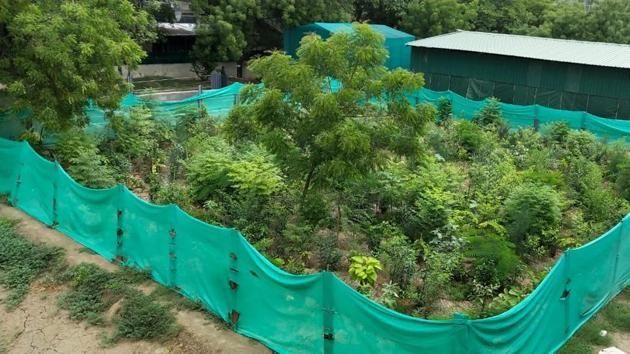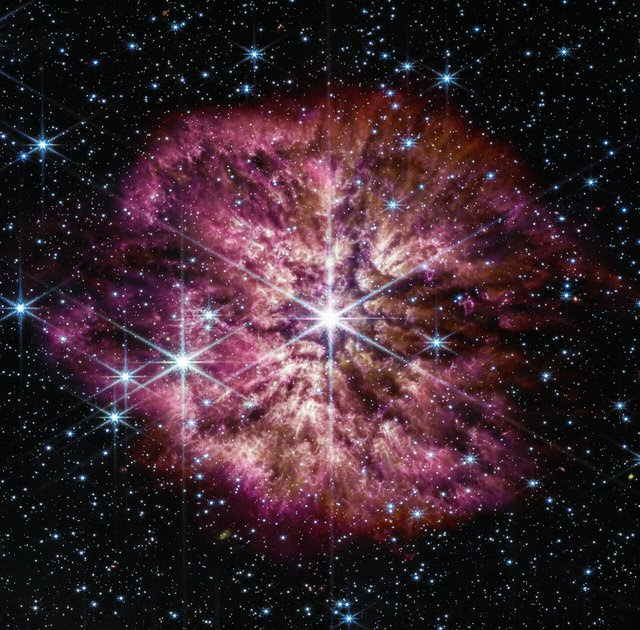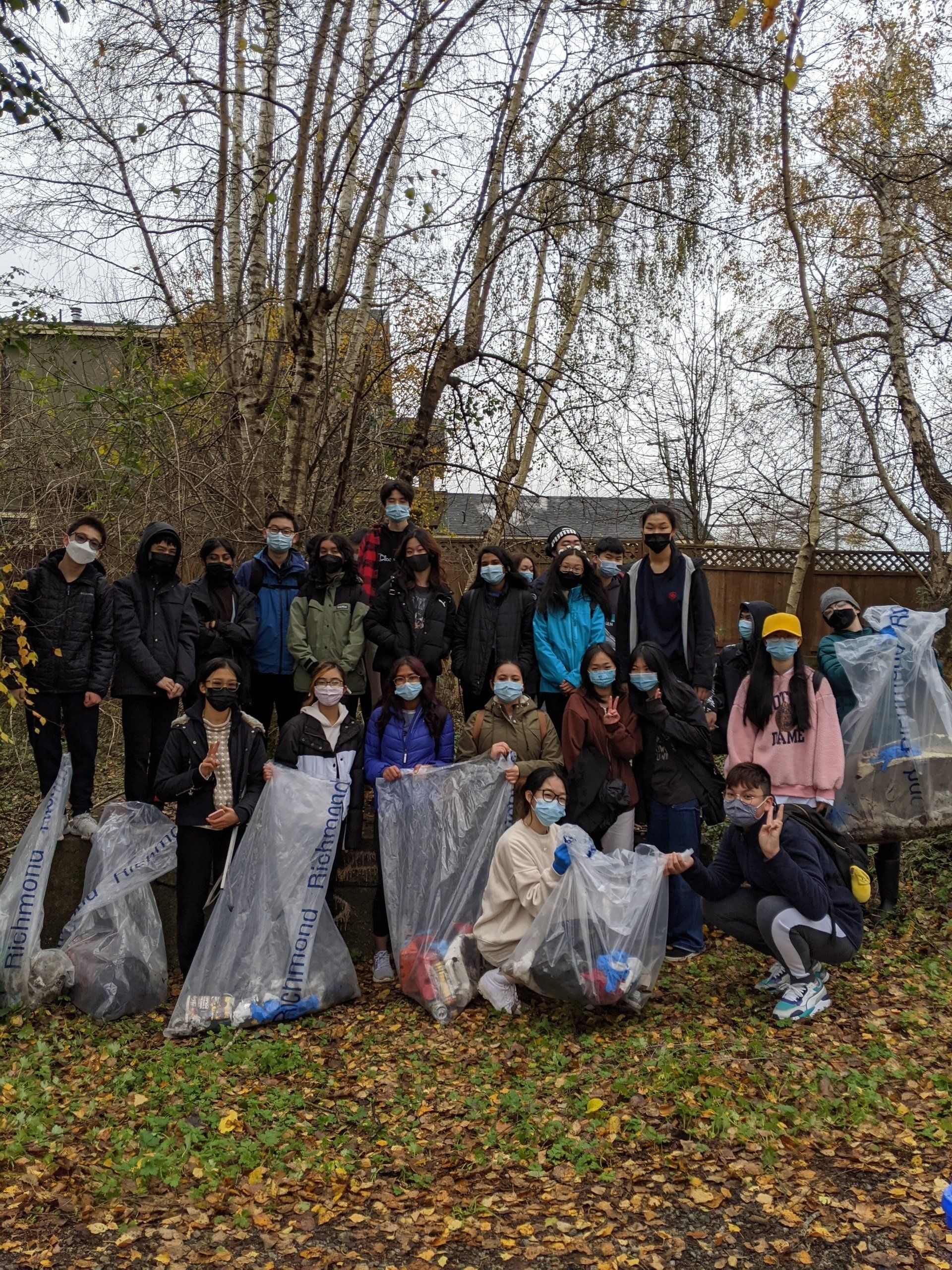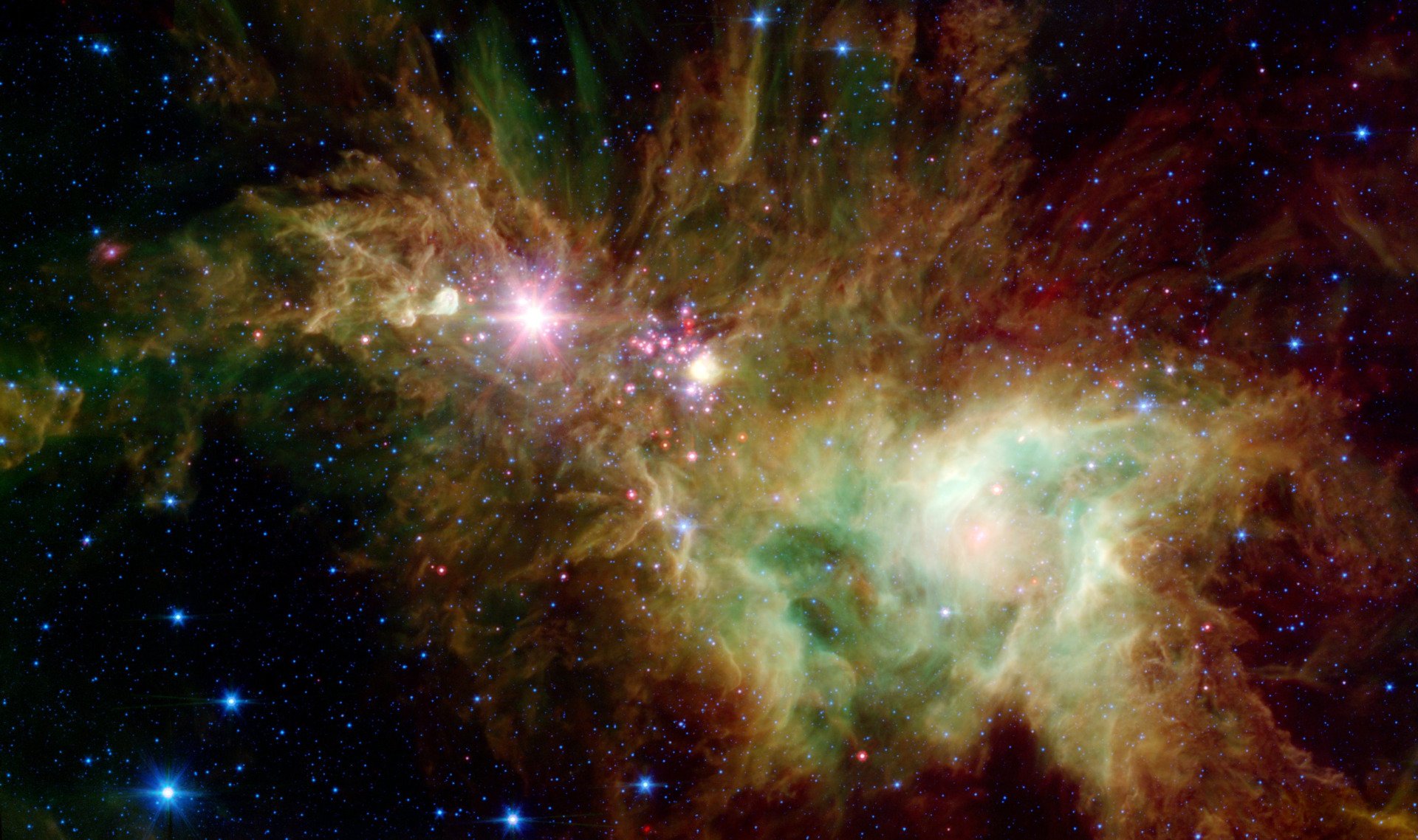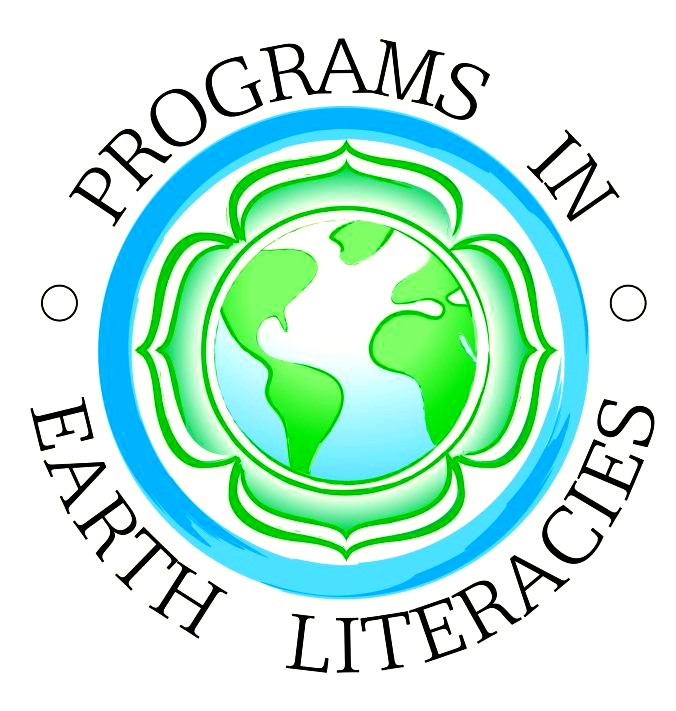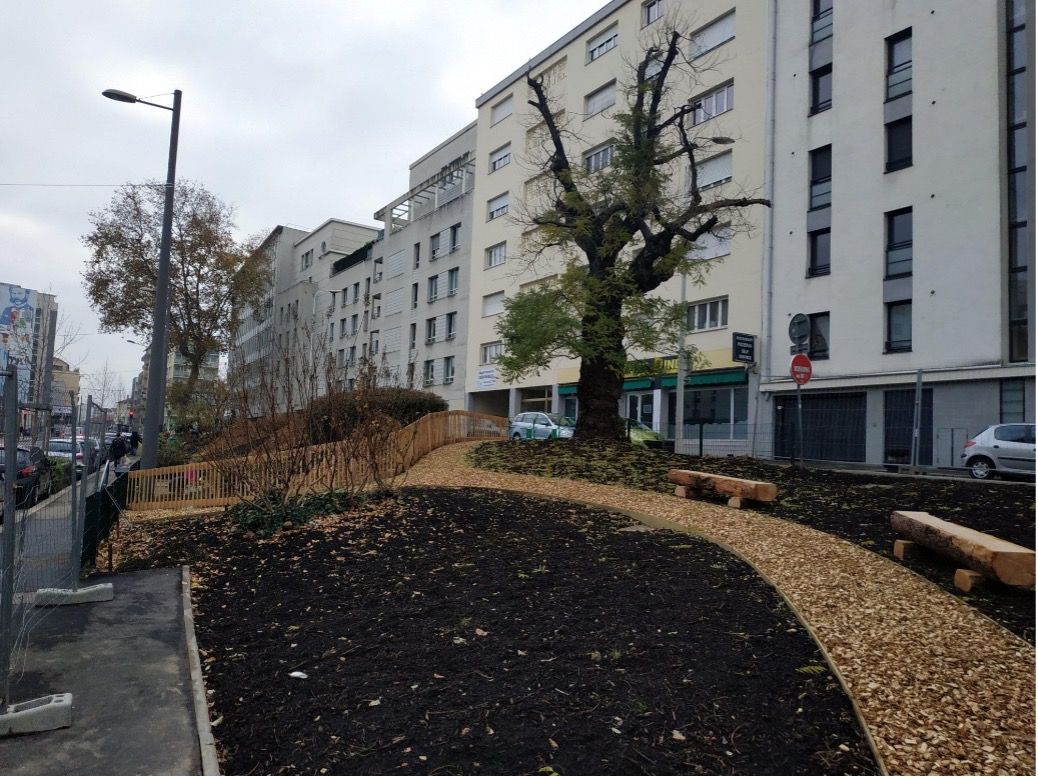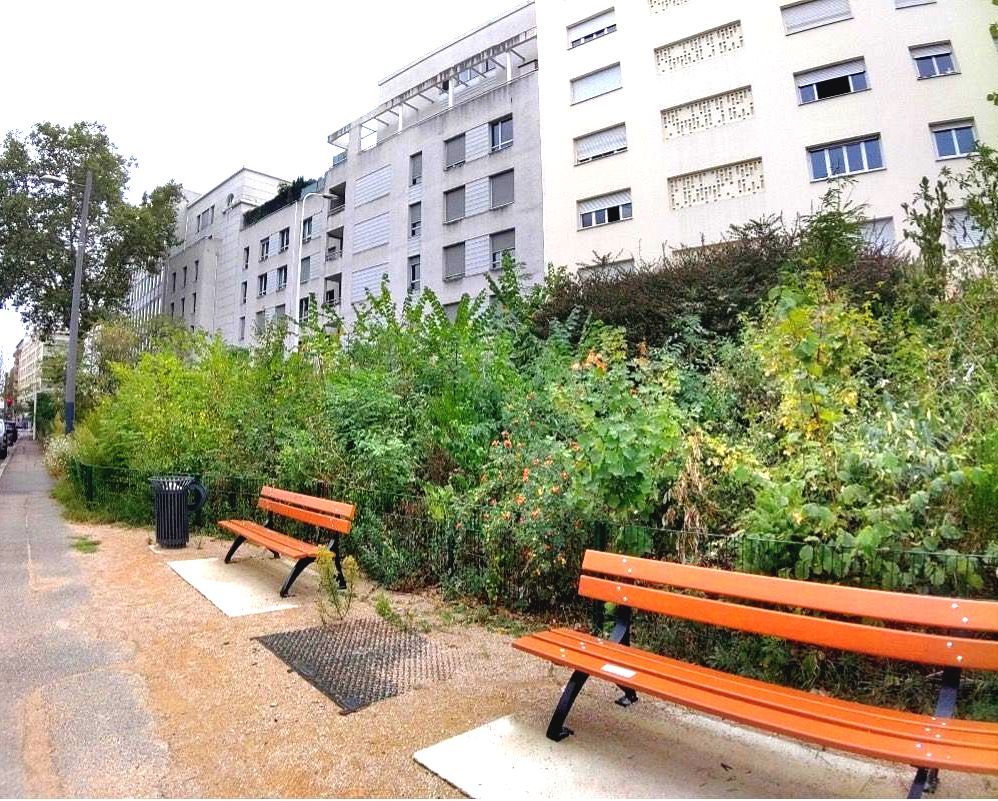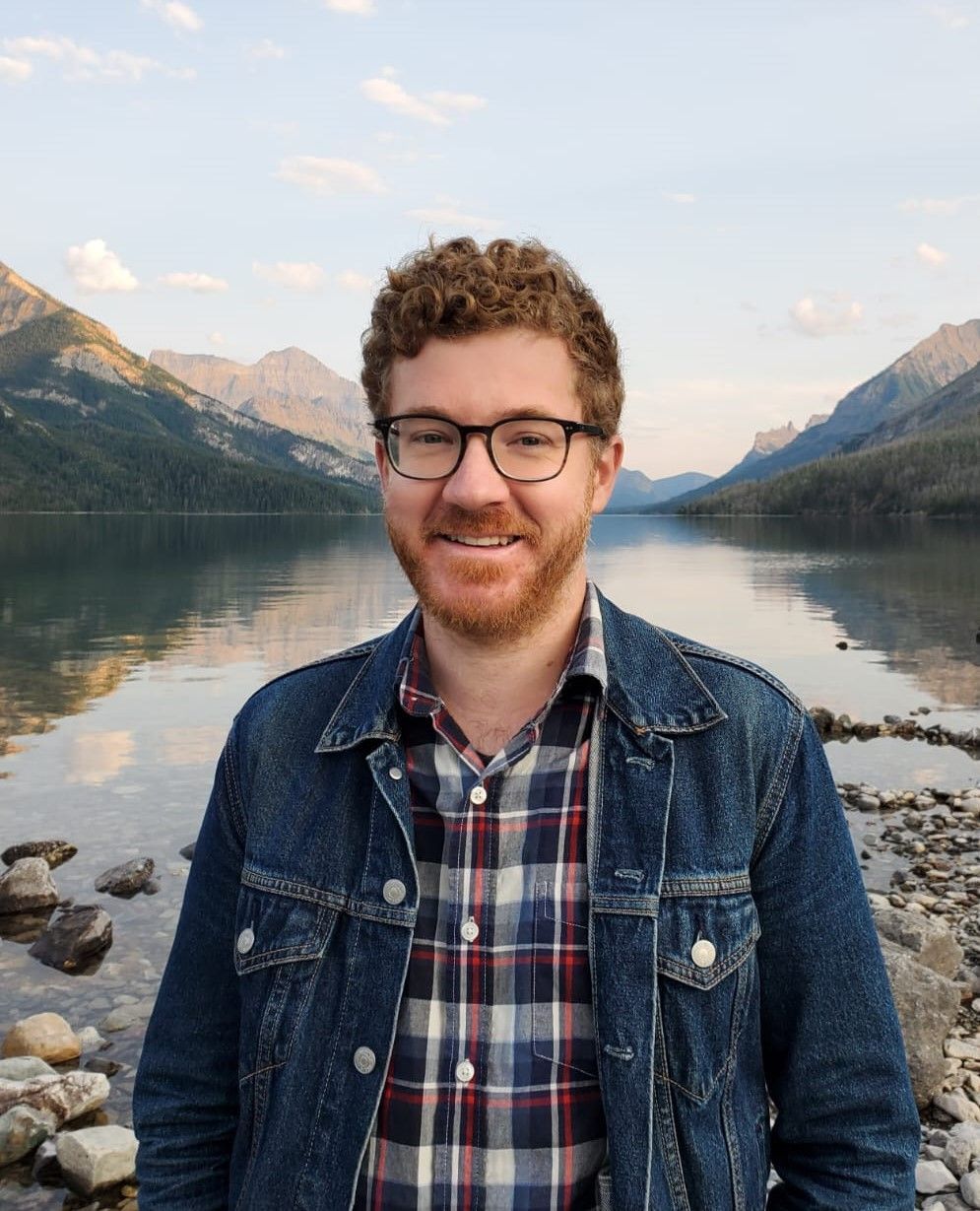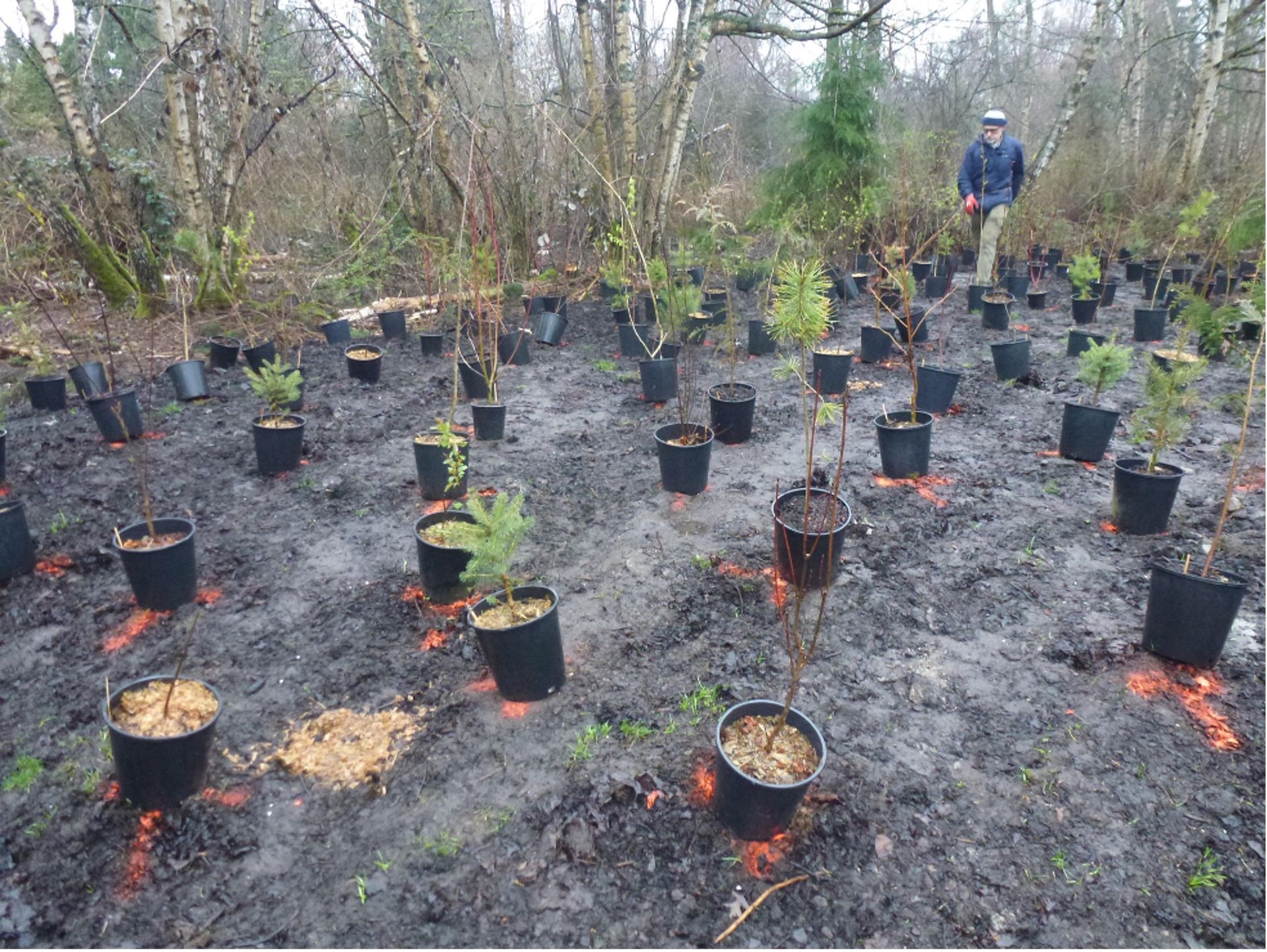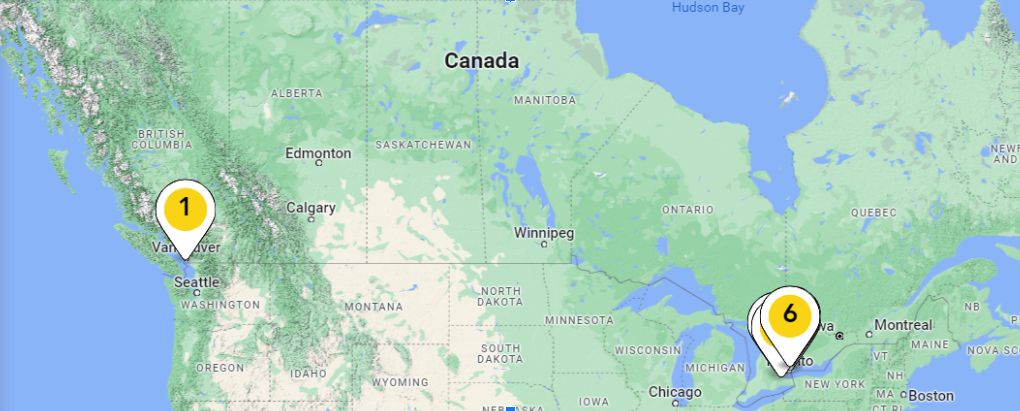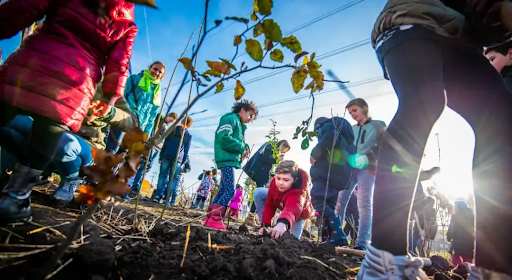Bio: Sean Steele is a writer, educator, musician, and academic. He holds an MA in the humanities from York University and a BA in philosophy and history from Concordia University. He is currently writing a PhD thesis that explores the emergence of the sacred within the context of secular music festivals. His scholarly writing has appeared in Arts and Humanities in Higher Education, The American Studies Journal, and The Journal of Unschooling and Alternative Learning. Sean works as the research lead for Seedlings Forest Education, an organization that provides outdoor educational programs for children. He is an outdoor enthusiast who loves to camp, hike and climb in the forests and mountains of Vancouver Island.
Lyon Mini Forest - Journeying into Miyawaki Forests - Blog Post 4
A new Earth Stories Blog exploring Miyawaki Forests
Blog Post #4 with Outdoor Educator Sean Steele
I recently attended a meeting with a small group of people with a shared interest in the Miyawaki method. We met to share ideas about how to get the word out about both ongoing and potential mini-forest projects. The meeting aligned with my recent reflections on utopia and how to work toward creating the kind of world I want to live in. Our chat also inspired me to imagine small ways I can spread the word about mini-forests.
In 2022, Hannah Lewis published Mini-Forest Revolution: Using the Miyawaki Method to Rapidly Rewild the World. Besides providing an excellent description of the Miyawaki method, Lewis’ book chronicles several ongoing mini-forest projects happening across the planet. Lewis’ globe-trotting quest to see mini-forests spring up all over the world is inspiring, but does not seem lofty or unattainable. Instead, many of the chapters in the book are grounded in real-world examples that, despite their small size, offer snapshots of the way such forest-planting projects bring communities together and help activate the type of utopian thinking I had spent the holidays thinking about.
One of the mini-forest projects Lewis writes about occurred in tiny green spaces in the city of Paris, France. The project was led by Boomforest, a non-profit organization facilitating participatory community initiatives to reform urban green spaces. Enrico Fusto, a member of Boomforest, wanted to help plant trees in greenbelts around the city. These greenbelts were spaces of grass or dirt beside highways or adjacent to apartment buildings. Part of the motivation behind planting trees in these greenbelts was to help mitigate recent heatwaves that have been occurring across Europe.
Speaking about his admiration for the Miyawaki method, Fusto remarked to Lewis that ““What I liked was the accessibility of the method. It seemed simple enough to be implemented by regular people, and effective for restoring biodiversity in urban lots of any size—even very small lots” (2022: 59). Beginning in 2016, Fusto worked with municipal leaders in the city to seek approval and plant a series of mini-forests in these greenbelts. Finally, in 2018, as Lewis records, “On a cool March morning … forty volunteers planted 1,200 saplings into 400 m2 of soil beside one of Europe’s busiest freeways, at the Porte de Montreuil” (2022: 59) in Paris.
Since then, Boomforest has led several other planting projects. Another project transformed a small plot of land next to an apartment complex in the city of Lyon. As the before and after images posted on the Boomforest website show, which I’ve included below, the Miyawki method can transform small areas into wild and healthy little ecosystems. These photos offer a glimpse of the density of plants placed together in a Miyawaki forest. Also, the more in-depth photo gallery included on the project website shows volunteers working together to transform this small area of the city.
*** See photos at bottom of page for the Lyon mini-forest before planting and 1 year after planting - © Boomforest ***
These projects offer real-world examples of people coming together to create small wild spaces within urban environments. I am inspired by Boomforest’s efforts which have rippled out from that first planting project. Their website lists 21 similarly sized urban mini-forests that have been planted in cities in France between 2018 and 2023.
Another inspiring aspect of Boomforest’s efforts is the time it took Fusto and his team to move from their initial idea to actually planting. Fusto started planning and organizing in 2016, and it took until 2018 for the trees to be put in the ground. It then took another year for a small team of volunteers to take the time to weed and water the mini-forest. That means it took three years of work to get from idea to reality – three years of work to transform a rectangular plot of grass to a healthy urban mini-forest.
The important thing is to keep moving forward, stay positive, and be patient. Good things take time, so it may be some time yet before I’m involved in a project that is immanently about to plant trees. For now, I can keep learning and connecting with people who want to see urban spaces full of trees.
Resources
Lewis, Hannah. (2022). Mini-Forest Revolution: Using the Miyawaki Method to Rapidly Rewild the World.
White River Junction, VT: Chelsea Green Publishing.
For the latest blog submissions to Earth Stories from Sean, as he documents his Miyawaki Forest Journey (and how you might do the same in your 'backyard'), check our Earth Stories Blog every couple weeks and / or subscribe to the Programs in Earth Literacies Newsletter where new articles will be posted and delivered via email.
